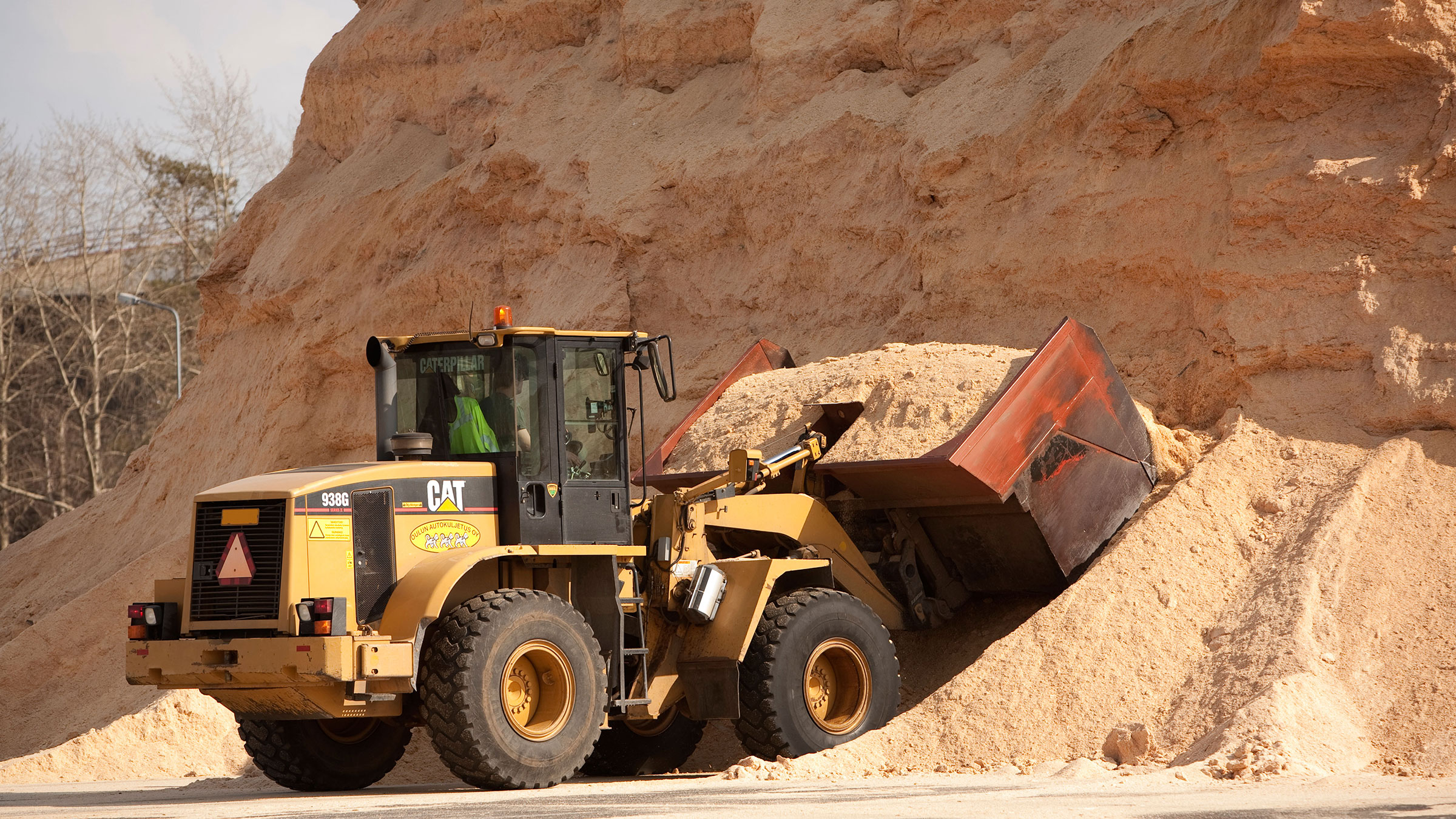Climate impact
Bioenergy accounts for a fifth of all primary energy consumption in Finland. This reduces emissions by approximately 6.8 Mt annually.
The solution can be up scaled to countries with cold climates and large amounts of wood residue. This would reduce emissions by 193 Mt per year in 2030.

Success factors
For many years Finland has used large amounts of biomass to generate heat and power. Various domestic circumstances have contributed to this, including large forestry resources, a strong pulp and paper industry and extensive district heating networks.
Wood pellets are increasingly used instead of oil or electricity to heat individual buildings. Pellets and wood chips can also replace oil in the district heating networks, which supply half of the country’s heating.
Finland has used a range of policy levers to promote biomass use, including investment in R&D, tax incentives and feed-in tariffs. Other countries have also successfully expanded the role of biomass. For example, Austria subsidises the upfront cost of biomass boilers and large plants.
Costs
Abatement cost estimates for biomass range significantly between zero and 80 $/tCO2e, depending on local conditions. Scaling up the solution internationally would therefore cost from nothing to $15 billion per year in 2030.

Co-benefits
Bioenergy can have a positive impact on employment. By 2020, jobs in Finland’s forest fuel supply chain and the supply of machinery are forecast to increase by five times. Reducing fuel imports also helps to improve energy security and the country’s balance of payments.
Barriers and drivers
- Infrastructure is needed to use biomass for heating effectively. District heating systems are increasingly cost-effective in colder climates.
- Financial incentives may be required for biomass to compete with fossil fuels. However, if emissions are adequately priced through emissions trading or taxation, no public subsidies are necessary.
- Sustainable sources of biomass are a prerequisite. For some countries agricultural or consumer waste may provide alternative sources.
















RELATED SOLUTIONS